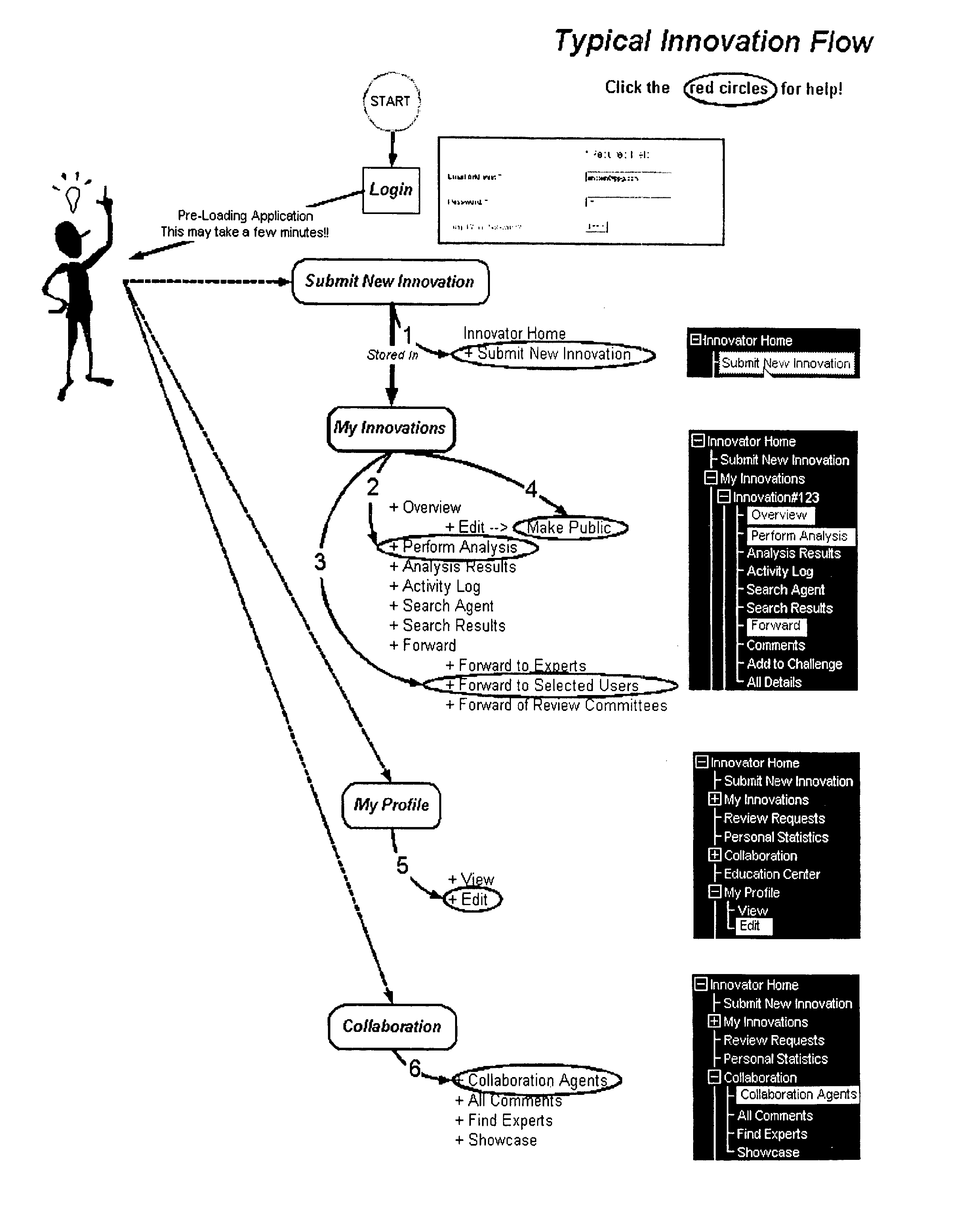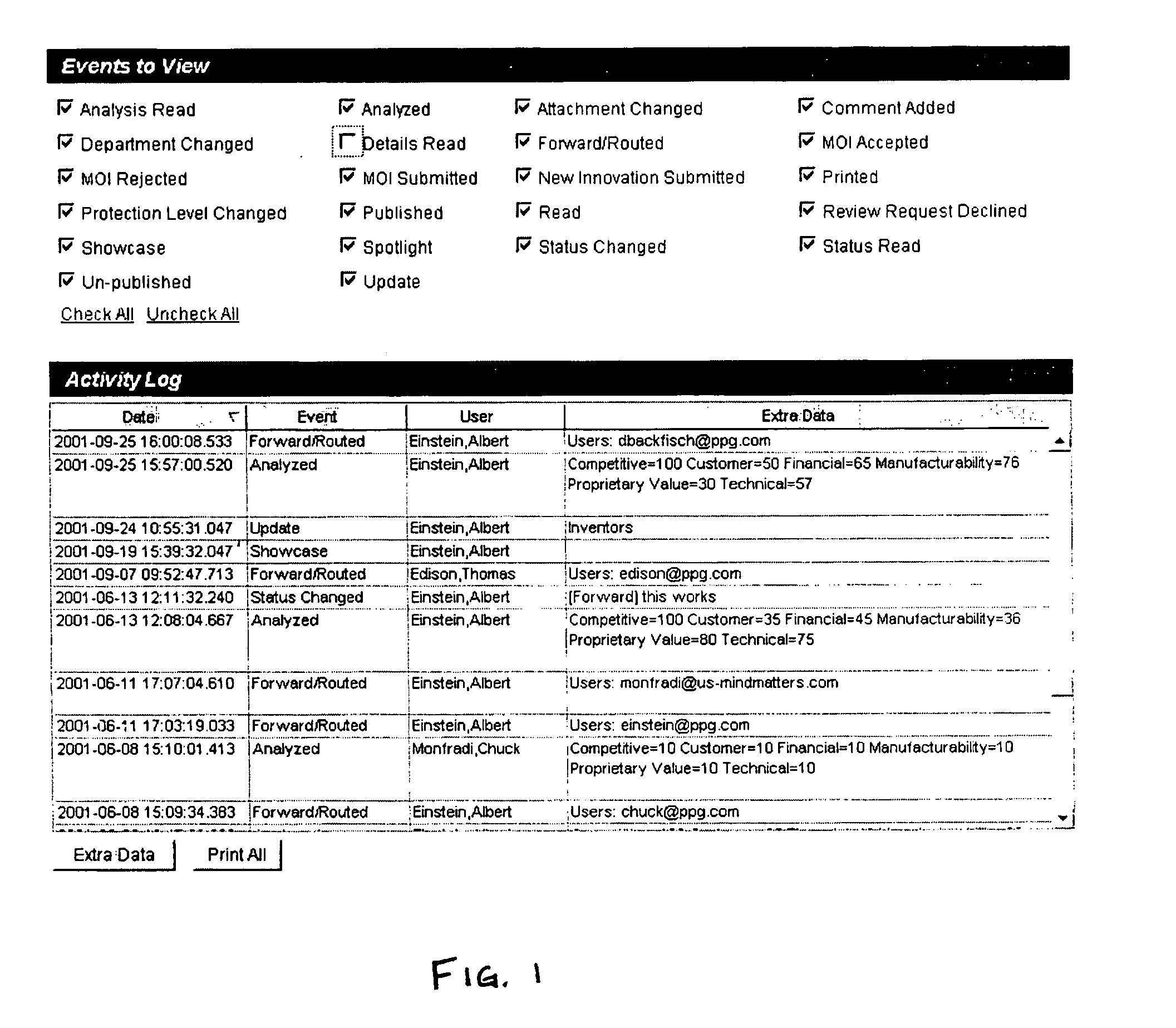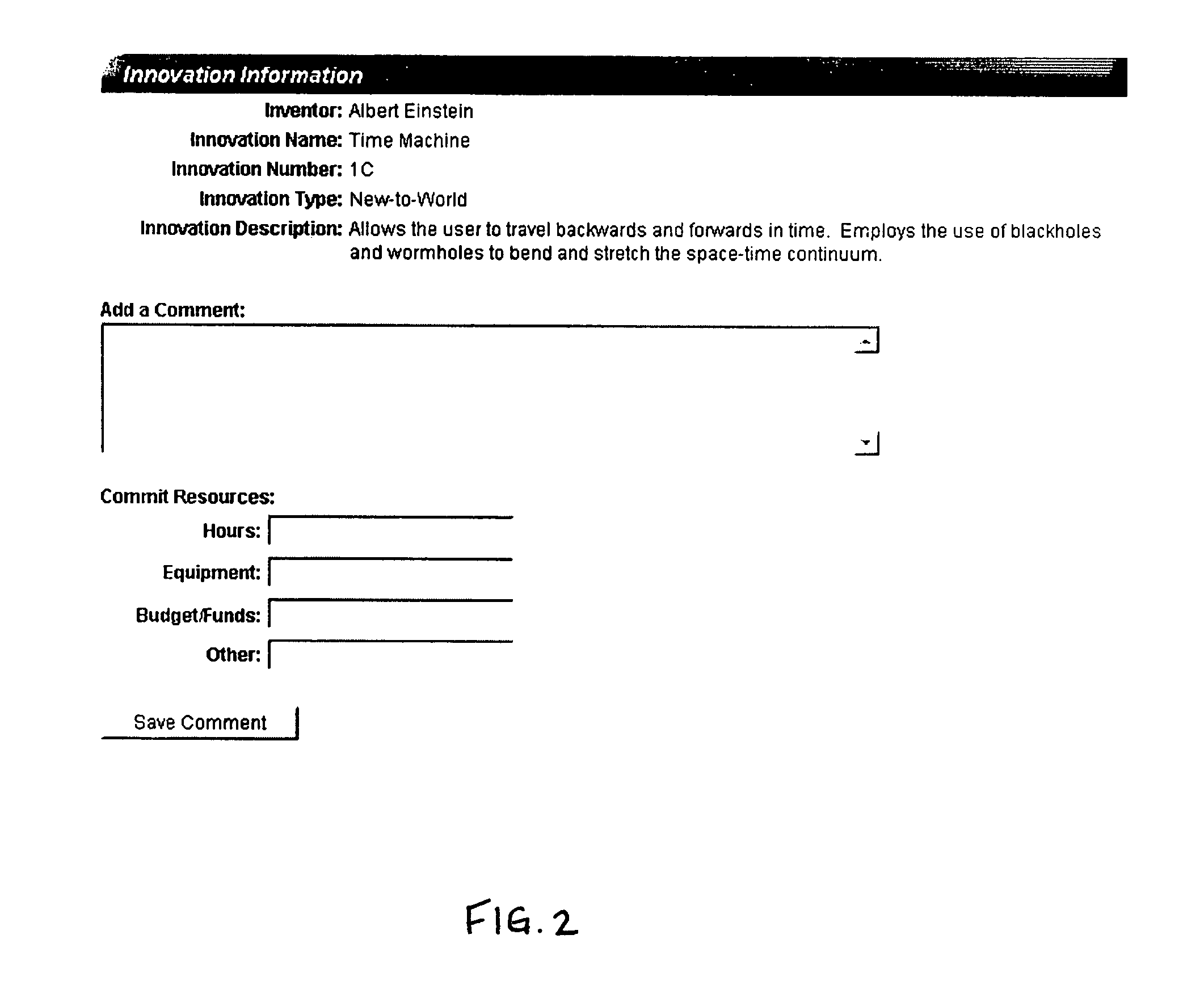However, the real underlying issue that has not been addressed, up until now, is that in today's digital enterprise there is a tremendous need for a reliable, real-
time system for creating, preserving and building value from corporate IP assets.
However, even with heightened awareness, most continue to operate in antiquated ways, relying on "defensive mechanisms," such as legalistic paperwork and cumbersome procedures.
These techniques are expensive, time-intensive, and inadequately suited for today's digital environment, since they fail to operate in real time.
Often, their employees at just about every level are undereducated and unaware of the risks of inadvertent disclosure or competitive loss-setting the stage for future disputes and often leading to litigation, or even worse, the permanent loss of valuable trade secrets.
Most significantly, virtually all corporations underestimate the strategic value of their IP, and therefore, fail to capitalize on the full potential of it.
And even while recognizing the growing significance of IP assets, there are essentially no companies that do an effective job at providing the knowledge-
connectivity.TM. and incentive for new innovations.
The result is a constantly changing workforce, and the constant creation, disclosure, and turnover of corporate
intellectual property.
And whereas it is perfectly legal for a
highly skilled employee to leave and go to work with a competitor, taking with him or her his own skills and experience, it is not lawful to leave with proprietary company information.
In many cases, the core issue, the one that becomes highly volatile, is that it is nearly impossible to discern between company IP assets and individual skills and knowledge.
Coupled with the fact that companies do a very poor job of identifying their IP assets in the first place--62% of companies have no procedures for reporting
information loss.
This tension becomes the catalyst for another wasteful lawsuit, pitting the company against ex-employee.
With the nation's competitiveness riding on our ability to maintain technological superiority, losing trade secrets can be devastating.
What makes matters worse is that most companies don't know, nor have they taken action to find out what their specific trade secrets are, and whether or not they are legally protected.
This only adds to the potential of a future lawsuit, since only a lengthy hearing of the facts can ultimately determine the "right and wrong."
Slow, expensive and outmoded legal precautions, and time-consuming audits are not the answer in this day and age of rapid product development.
And while proper oversight cannot and should not be ignored, this functionality in and of itself fails to address an even more important issue: How effectively do companies promote innovation?
Most companies do very little to tap into the vast resources of knowledge that exist inside their own organizations.
That mind set may have worked a generation ago, but it doesn't meet today's needs, or work for today's dynamic job market.
Ownership issues can destroy the potential of a new concept before it gets off the blocks.
Nor does it appear that employees, particularly the most savvy ones, will naively turn over their best and brightest ideas without some reasonable incentive or recognition, especially as they become more aware of the potential value.
Today, most companies fail to recognize this, and consequently, they wonder why some of their best talent leaves to pursue other opportunities--including business ideas that they originated while working for their previous employer.
Overall, the existing corporate infrastructure and antiquated operating methods are poorly designed to deal with today's climate.
In this fiercely competitive world just providing a job doesn't do nearly enough to promote innovation--the ultimate goal for progressive companies.
The data also reveals that the biggest obstacle is culture.
The current business climate simply does not address the needs and wants of the typical knowledge "goldcollar" worker.
These employees typically don't trust the "
system."
But most companies have valuable intellectual capital that they do not fully recognize.
Many technology companies, for example, with dozens, hundreds or thousands of patents do not have a coherent catalogue of their patents, let alone an analysis of how their patents might be useful and how they might be exploited for economic and competitive
gain.
Today, there is no effective way for companies to accomplish this level of analysis, cost-effectively and efficiently.
In many instances, one of the greatest reservations employees have against providing ideas to upper management or other departments is the lack of control, authorship, and credit they associate with typical corporate environments.
Today, many companies are extremely cautious about looking at unsolicited ideas, even potentially valuable ones, because of the potential
threat of future litigation.
In response, many companies have established cumbersome, paper-intensive procedures to deal with unsolicited ideas.
The data also reveals that the biggest obstacle is culture.
With a large number of people in a network (physical or electronic), it can be very difficult to locate people within the network who others can collaborate with in various development and marketing initiatives.
For example, in some large corporations, it is nearly impossible to locate all of the pockets of work associated with
Java, pervasive computing, or
semiconductor research.
Most of the titles and job responsibilities are either out-of-date or meaningless.
Organizational turnover creates people-network gaps.
Duplicated effort results from uncoordinated pockets of activity, such as sales people from different departments talking to the same customer.
Lost productivity spent meeting with the wrong people, a critical misstep since today's marketplace demands increasingly faster speed of execution.
It is difficult to assess whether a person is credible, honest, or representing themselves properly, particularly on
the Internet, but also to some extent in corporate environments.
File Wrapper
System: This process is extremely complex as it grabs the file / data and performs the functions required in the rules, including
encryption, setting expiration dates, translating the file to an
executable image, called a wrapper (file+rules+agent), etc.
Because of the nature of the
System, it is not always possible to numerically delineate an exclusive sequence of events, however, each subparagraph represents at least one (sometimes many) functional aspect of the system.
This saves the administrator time in setting up the system.
 Login to View More
Login to View More  Login to View More
Login to View More 


